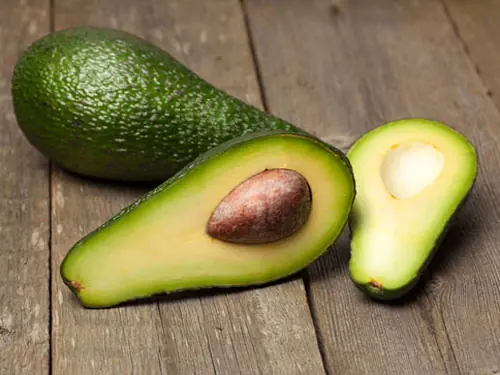
Latest Stories

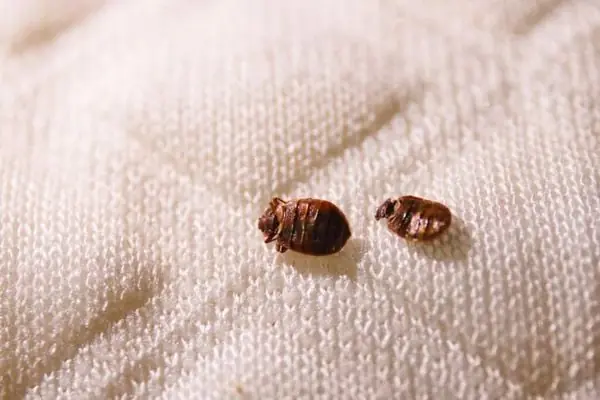
Effective natural methods for eliminating bed bugs at home
Natural ways to eliminate bed bugs: Proven home solutions

Critical Warning: 10 Early Breast Can:cer Signs Every Woman Needs to Know Now
Critical Warning: 10 Early Breast Can:cer Signs Every Woman Needs to Know Now
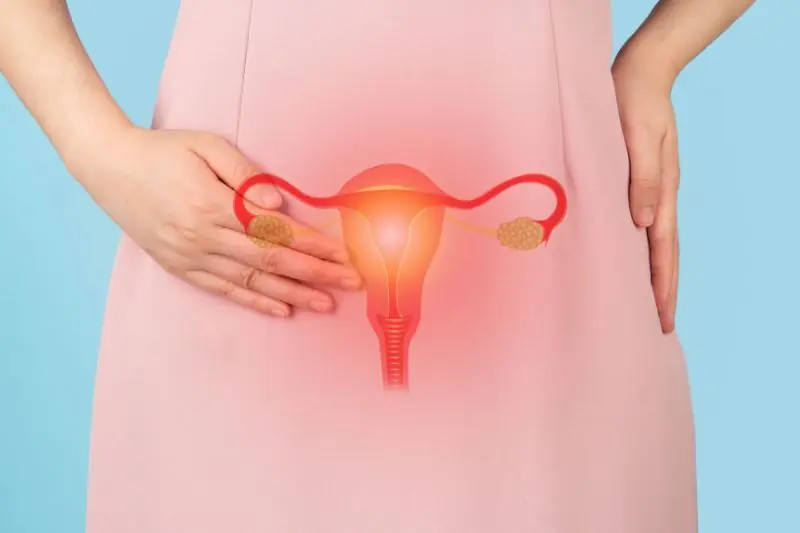
3 Dangerous Habits of Husbands That Secretly Put Their Wives at Higher Risk of Cerv:ical Can:cer
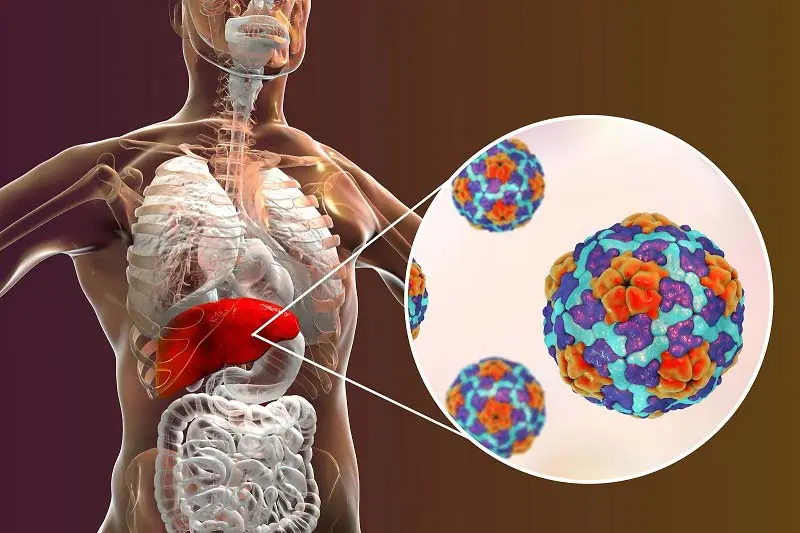
The silent lifestyle habits that may be overworking your liver
Hidden everyday habits that slowly overload the liver

Which plants can effectively and quickly repel mice from your home?
Best plants to grow for repelling mice from the house effectively

5 types of drinks that ha.rm the liver faster than al.cohol, many people still drink it every day
5 types of drinks that ha.rm the liver faster than al.cohol, many people still drink it every day
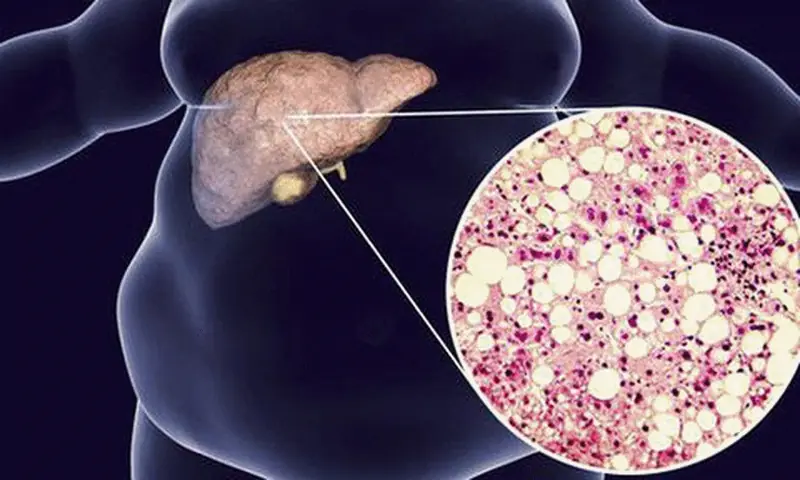
Not Exercise, Just One Lifestyle Change Can Cut the Risk of Fatty Li.ver Disease, Cardiovascular Disease, and Early De.ath by 48%
A new study shows that even a very small lifestyle change can significantly reduce disease risk

Possible Evolutionary “Missing Link” from North Africa Identified
Possible Evolutionary “Missing Link” from North Africa Identified
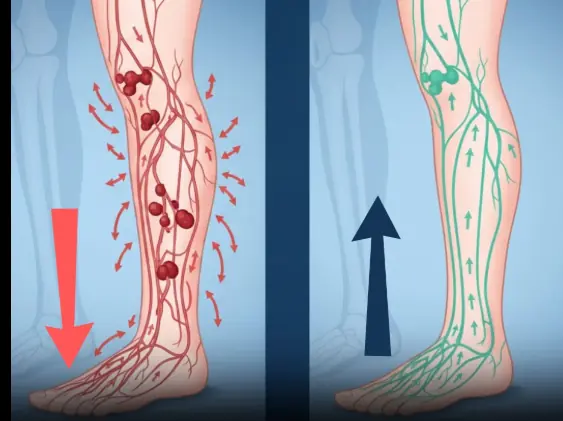
One drink to quickly increase leg circulation
Are you one of the millions around the world suffering from poor circulation?
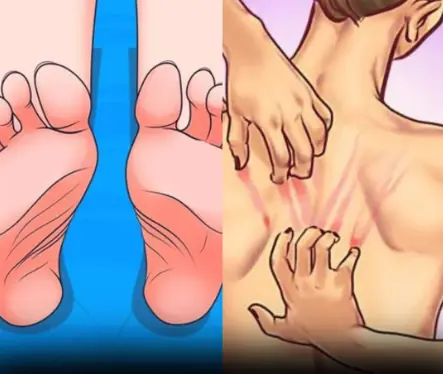
10 early warning signs your liver is in trouble (don’t ignore #4!)
Today, we’re going to talk about one of the most underappreciated — yet absolutely vital — organs in your body: the liver.

Why He Turns His Back in Bed: The Silent Psychology of Men Who Sleep Away From Conflict
It is one of the quietest but most emotionally charged moments in a relationship

Cheesy Garlic Chicken Wraps: The Ultimate Comfort Food You’ll Crave Again
Cheesy, garlicky chicken wraps that are quick to make and impossible to resist.

Doctors reveal that eating okra causes...
Doctors and nutrition experts agree that okra — also known as lady’s finger — is one of nature’s most underrated superfoods.
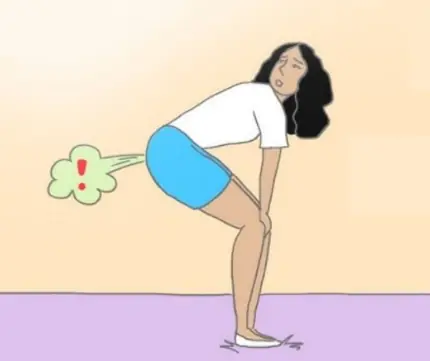
If You’re Farting More Than 25 Times a Day—It Might Be a Sign Your Body is Trying to Warn You
Passing gas is a normal part of digestion. In fact, healthy people release gas between 14 and 23 times a day on average, according to the American College of Gastroenterology.
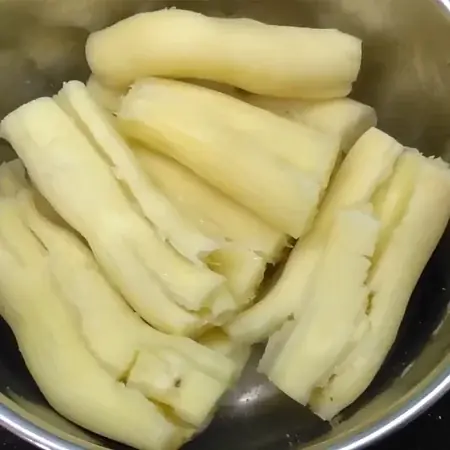
Over 200 People Are Killed By The “World’s Deadliest Food” Every Year, But Almost 500 Million People Still Eat It
Every year, over 200 people die from consuming what is known as the “world’s deadliest food,” yet nearly 500 million people still eat it.

The Vegetable That Grows Anywhere — We Eat the Leaves, but Throw Away the Part That Matters Most
It is a concentrated source of nutrients that nutrition scientists increasingly describe as functional food.

A Silent Str:oke Warning May Appear Months Before It Happens
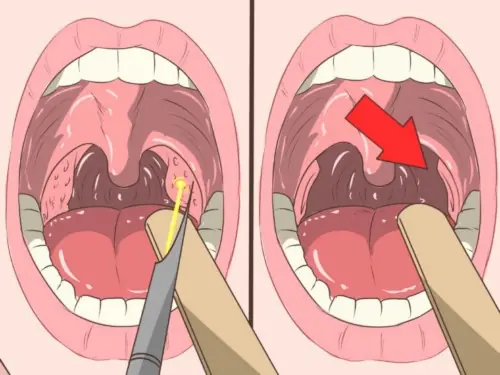
A Breakup Over Bad Breath Led to a Medical Shock: What Doctors Found Changed Everything
When he finally went to see a doctor, the problem was not his teeth, his stomach, or even poor hygiene. The source was hidden deep inside his throat.
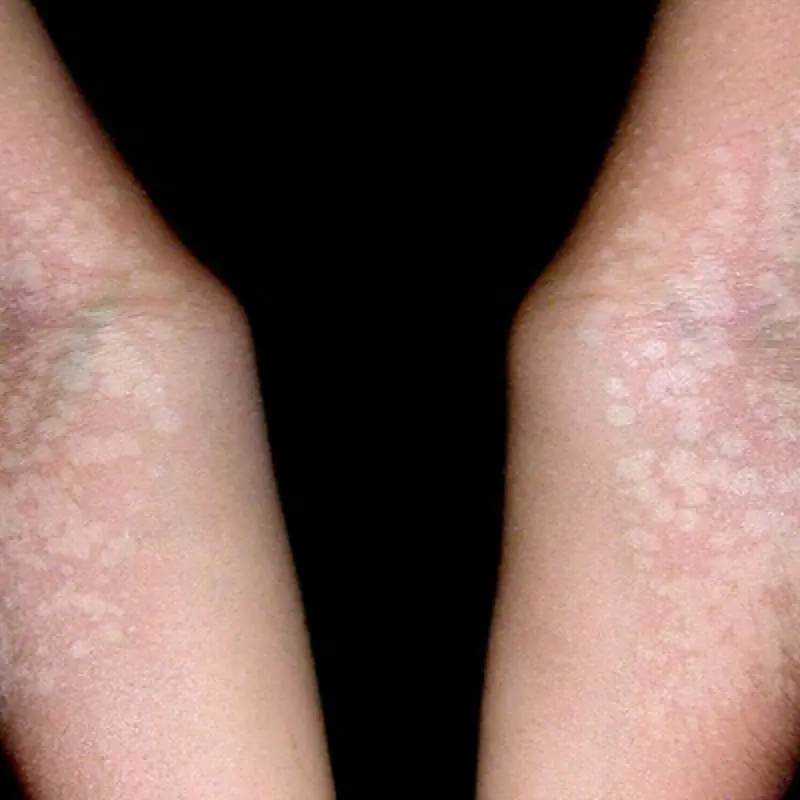
Have you ever spotted tiny white marks on your arms or legs and wondered what they mean?
Small white marks on your skin may seem harmless